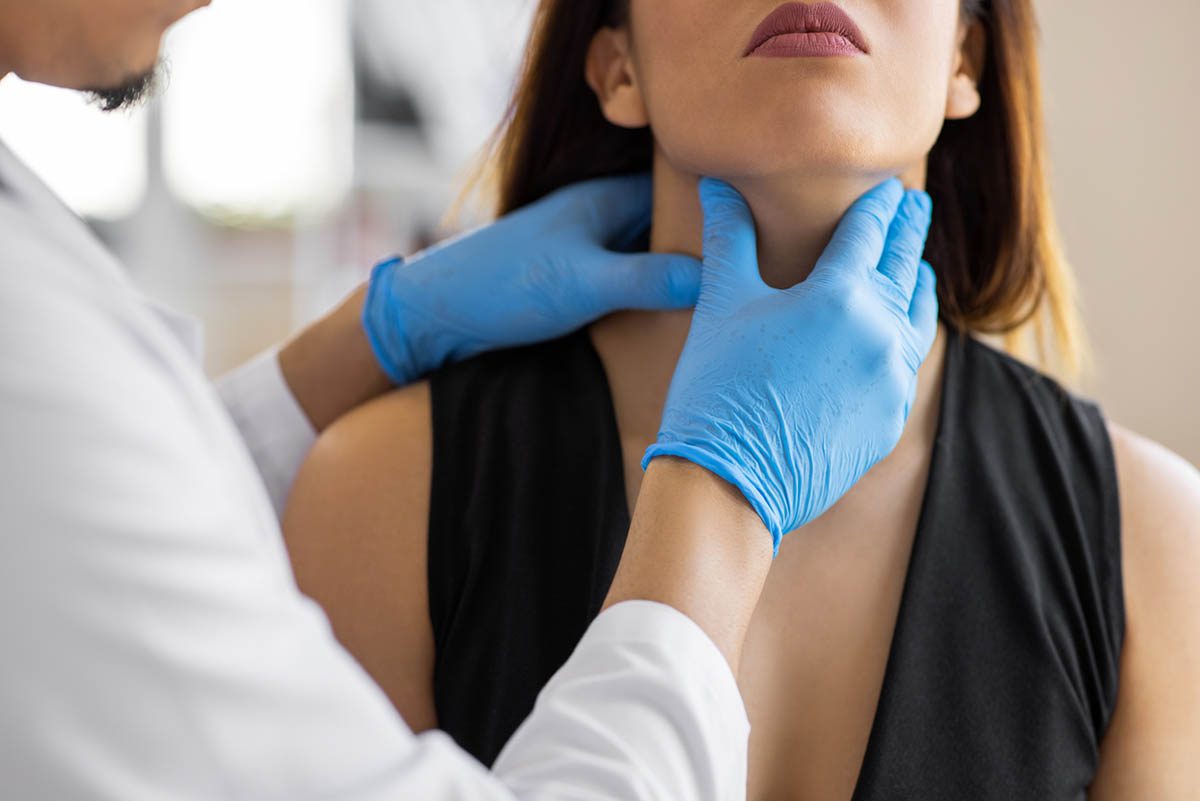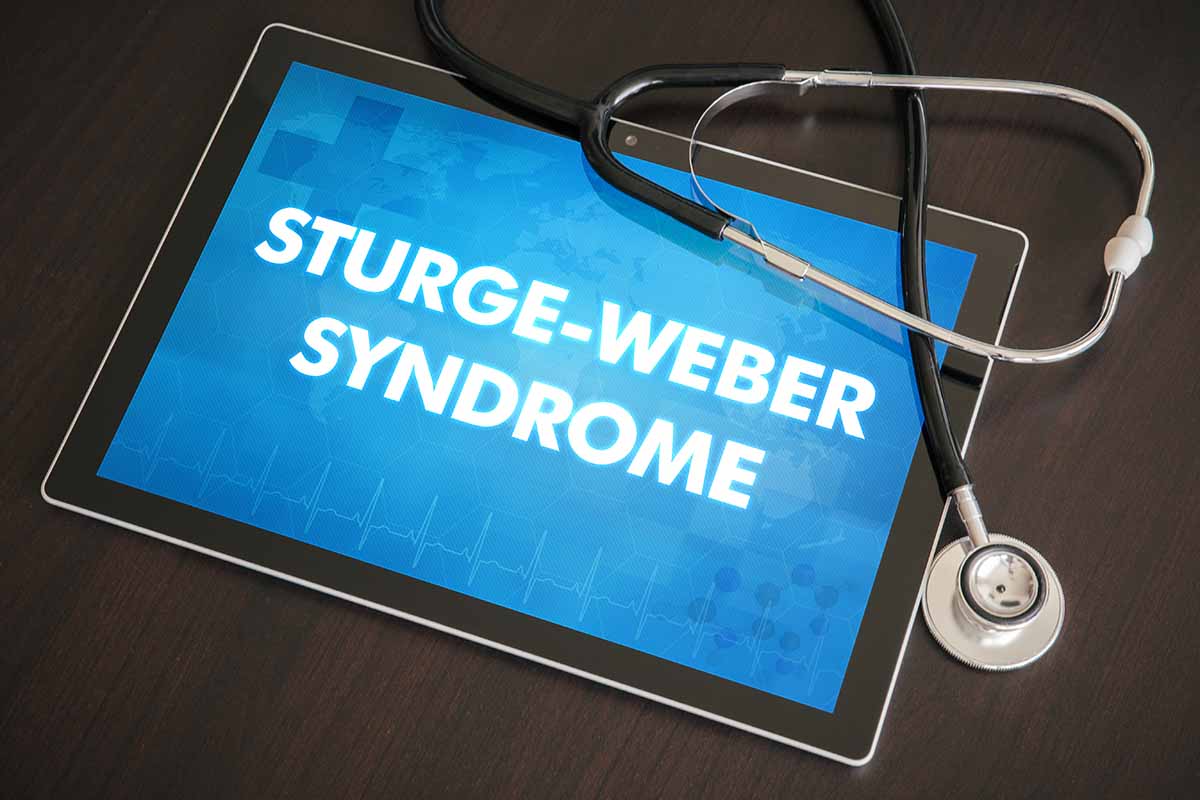

See related commentary by Rasimas.
"Bath Salts"-Induced Psychosis and Serotonin Toxicity
"B
ath salts" are a group of synthetic derivatives of cathinone, a naturally occurring psychostimulant found in khat plants. The most common active ingredients, mephedrone, methylenedioxypyrovalerone, and methylone, are found to have strong amphetamine-like psychoactive properties.1 Smoked, inhaled, injected, or ingested, they have a rapid onset of action of 30 to 60 minutes. Reported effects are improved alertness, increased musical sensations, heightened libido/sexuality, euphoria, and relaxation,2 caused by rapid release and reuptake blockade of primarily dopamine, serotonin, or norepinephrine.3
We present the case of a 42-year-old woman who developed an acute psychotic reaction and serotonin toxicity after an episode of bath salts intoxication.
Case report. Ms A was brought for evaluation to the medical emergency department (ED) by police in August 2011 after a friend found her in her apartment acting bizarrely and agitated. She seemed to be responding to vivid hallucinations of demons moving through the walls and laughing at her. This behavior continued in the ED. She appeared anxious and frightened with tearful and labile affect. She was alert and oriented to place, time, and person.
Collateral information obtained from her friend indicated a marked change from baseline 1 week earlier, and the police report documented that her apartment was found in disarray, with pieces of burned aluminum foil found on the kitchen table.
In the ED, Ms A received lorazepam 2 mg IM, which significantly reduced her agitation. The physical examination was significant for restlessness, tremors, generalized hypertonicity more pronounced in the lower extremities, shivering with profuse sweating, and flushed skin. Vital signs testing revealed a blood pressure of 154/95, pulse of 118 bpm, and temperature of 101.9°F (38.8°C), with room O2 saturation of 99%. The initial laboratory work revealed a creatine kinase level of 2,114 mU/mL and creatinine level of 3.3 mg/dL, with all other test results within normal limits. Aggressive administration of IV fluids was immediately initiated to prevent kidney dysfunction due to suspected rhabdomyolysis. In addition to continuous hydration, lorazepam 2 mg every 2 to 4 hours and haloperidol 1 mg every 4 hours were recommended for sedation and psychotic symptoms, and these medications had a calming effect. The patient’s sleep and paranoia improved on day 2 of admission, vital signs normalized (blood pressure of 123/74, pulse of 84 bpm, temperature of 98.5°F [36.9°C]), and creatinine kinase and creatine levels decreased to 114 mU/mL and 1.3 mg/dL, respectively.
Ms A recounted buying bath salts online and burning them on aluminum foil, then inhaling the fumes. She had done so intermittently for the last few weeks, initially 20-30 mg per night, then escalating to 200 mg prior to her presentation. On day 4, following complete resolution of the psychotic symptoms, she was discharged home in stable condition.
Bath salts intoxication can present with mixed psychiatric and/or autonomic symptoms. In this case, altered mental status, psychotic symptoms, agitation with vivid paranoid delusions, and auditory and visual hallucinations were complicated by hypertension, hyperthermia, profuse sweating, flushed skin, restlessness, hypertonicity, tremors, and rhabdomyolysis leading to acute kidney insufficiency. In this scenario, psychosis can be attributed to a rise in dopamine, while neurovegetative symptoms could be serotonin and norepinephrine induced. Interestingly, this clinical picture strongly suggests serotonin toxicity in the differential diagnosis,4 as mephedrone can rapidly cause an over 950% increase in serotonin level, which is almost 10 times more potent than the effect of amphetamines. The effects of mephedrone compare equally to the additive effects of amphetamine and ecstasy,3 both well described causes of serotonin syndrome. Treatment is usually supportive, requiring hemodynamic stabilization, cooling, and benzodiazepines to decrease agitation, seizure-like movements, and muscle spasms that can lead to rhabdomyolysis and potentially lethal kidney failure.
To the best of our knowledge, this is the first report that describes a connection between bath salts-induced psychosis and serotonin toxicity, which can be a medical emergency. Further clinical investigation is required to categorize the effects of the multiple active compounds present in a variety of bath salts products.
References
1. Spiller HA, Ryan ML, Weston RG, et al. Clinical experience with and analytical confirmation of "bath salts" and "legal highs" (synthetic cathinones) in the United States. Clin Toxicol (Phila). 2011;49(6):499-505. doi:10.3109/15563650.2011.590812 PubMed
2. Feyissa AM, Kelly JP. A review of the neuropharmacological properties of khat. Prog Neuropsychopharmacol Biol Psychiatry. 2008;32(5):1147-1166. doi:10.1016/j.pnpbp.2007.12.033 PubMed
3. Kehr J, Ichinose F, Yoshitake S, et al. Mephedrone, compared with MDMA (ecstasy) and amphetamine, rapidly increases both dopamine and 5-HT levels in nucleus accumbens of awake rats. Br J Pharmacol. 2011;164(8):1949-1958. doi:10.1111/j.1476-5381.2011.01499.x PubMed
4. Fricchione GL, Huffman JC, Bush G, et al. Catatonia, neuroleptic malignant syndrome and serotonin syndrome. In: Stern TA, Rosenbaum JF, Fava M, et al. Massachusetts General Hospital Comprehensive Clinical Psychiatry. Philadelphia, PA: Mosby Elsevier; 2008:768-770.
Corresponding author: Pavle Joksovic, MD ([email protected]).
Author affiliations: Department of Psychiatry (all authors) and Yale Child Study Center (Dr van Wattum), School of Medicine, Yale University, New Haven, Connecticut.
Potential conflicts of interest: None reported.
Funding/support: None reported.
J Clin Psychiatry 2012;73(8):1125
(doi:10.4088/JCP.12cr07819)
© Copyright 2012 Physicians Postgraduate Press, Inc.




